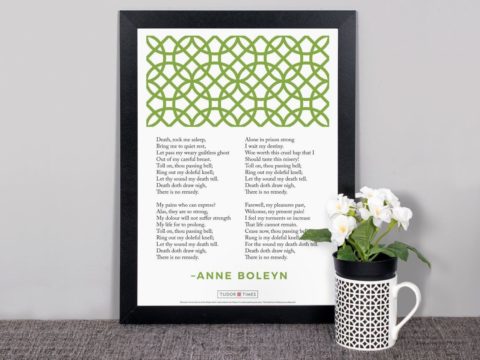Margaret Douglas: Life Story
Chapter 21 : Widowed
Lennox, protesting that he had never thought of being Regent, but was only eager to do Elizabeth’s bidding, either as Regent himself, or working with whomever she might appoint, travelled north. He spent as much time as he could with the little king, who was now four years old, and the majority of his correspondence with Elizabeth was via Margaret, the only person he trusted. Unfortunately, the old rivalry with the Hamiltons was not extinguished, and in further feuding, Lennox had some dozen hostages of the Hamiltons hanged. From that moment, he was a marked man. He was on increasingly bad terms with the Earl of Morton – Margaret’s first cousin, and the prime mover behind the murder of Secretary Rizzio, back in 1566.
In September of 1571, on the day after Lennox opened the Scots Parliament with his grandson, an armed confrontation took place in the streets of Stirling led by the Queen’s Party (that is, those favouring the restoration of Mary, which included the Hamiltons). Lennox was killed by a gunshot – possibly by the enemy, but possibly by one of his own ostensible allies – he was not popular even in the King’s Party, as, although the Scots Protestants sought English protection, they did not wish to be ruled at second hand by Elizabeth.Two of his last utterances were recorded as – ‘if the bairn’s (meaning King James) well, all’s well’, and a message of love for his ‘Sweet Madge’.
Cecil informed the Queen of Lennox’ death, but it was agreed that the matter should be kept quiet until it could be broken to Margaret by Elizabeth herself. Margaret was devastated – she and Lennox had been devoted to each other since their marriage, twenty-six years before.
But Margaret’s nature was essentially optimistic and, to use a modern term, pro-active. She never waited for events, but took control where she could. She turned her attention to her remaining child, Lord Charles. He was now about fourteen, and, in her view, lacking a father’s discipline. She also had an eye to his promotion. She therefore asked Cecil (now Lord Burghley) to take him into his household, a frequent way of training young people, and extending their connections.
Burghley refused, but appointed a Protestant tutor for Charles, whom she accepted. Margaret, all the records suggest, remained a Catholic, although many of her friends in her youth – Katherine Suffolk, Mary Richmond and Katherine Parr were Protestant. Lennox had conformed to Protestantism whilst Regent, and Darnley had shown that he could be flexible. It may be that Margaret was that rare creature in sixteenth century Europe, someone tolerant of other religious views.
During this period, Margaret was in close touch with the new regent, the Earl of Mar (who persuaded the Scots Parliament to re-grant the Earldom of Lennox, which had devolved on King James, to her son, Charles). Mar, too, had a short stint in office, although he died of natural causes, and was followed by the Earl of Morton. Morton was later executed for involvement in the death of Darnley, but Margaret either did not know he was involved, or dissembled well – their dealings were always courteous.
A most surprising change in Margaret’s views came about in around 1573. In some way, she became (or said she was) convinced that the Queen of Scots was, in fact, innocent of the murder of Lord Darnley. How she was persuaded of this is a mystery. There is no record of the two women meeting, and the extremity of Margaret’s earlier accusations make it difficult to imagine what could have passed to change her mind. Nevertheless, the very vehemence of her earlier condemnation also makes it hard to contemplate that she could have pretended to believe in Mary’s innocence, if she were not convinced.
Lady Margaret Douglas
Family Tree




